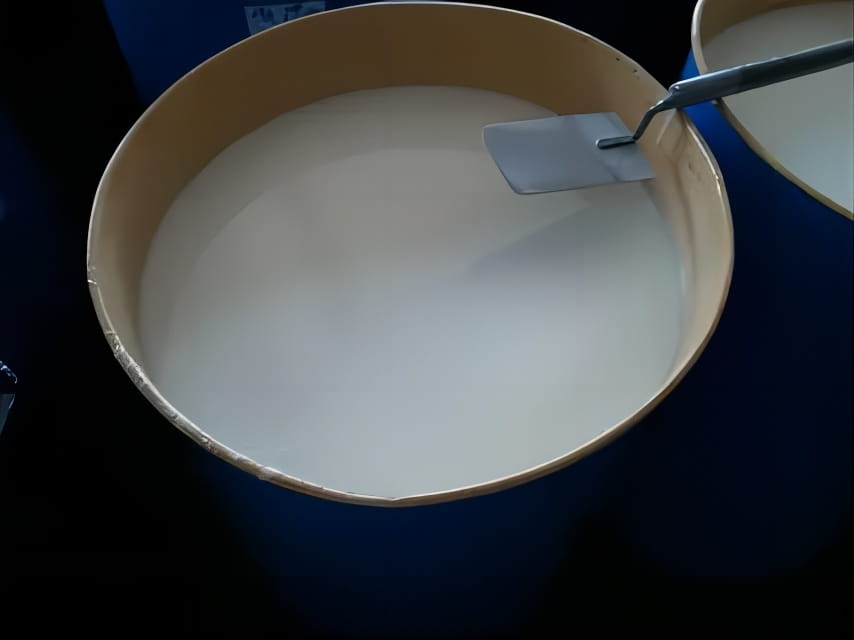Comparison of the differences between liquid silica gel and solid silica gel
 Dec 11,2023
Dec 11,2023

 Hanast
Hanast
Raw material processing differences
Liquid silicone rubber: Mostly two-component (AB) type liquid silicone rubber, also known as AB glue. The raw material is processed using platinum as a catalyst for sulfurization. The general ratio of AB agent is 1:1 or 10:1, depending on the formula of the raw material manufacturer. The packaging method is mostly 1:1 liquid barrels, with capacities ranging from 10KG/20KG/25KG to 200KG. After delivery, the raw materials can be directly molded without adding vulcanizing agents or any processing.
Solid silicone: It is a one-component silicone rubber, mostly vulcanized by organic peroxide. The raw materials are packed in boxes of solidified rubber blocks, and are then mixed by the silicone product processing manufacturer through a mixer as needed and auxiliary materials such as curing agents are added to complete the raw material processing before molding.
Differences in molding methods
Liquid silicone: Just like the plastic injection molding mode, the liquid silicone AB agent raw materials are directly mixed through the static mixer of the liquid injection (injection) molding machine (English name: Liquid Injection Machine, abbreviation: LIM), and then injected into the injection tube It is heated into the closed mold cavity to complete the molding of the product.
Solid silicone: Cut the mixed raw material (silica gel block) into a suitable size for the finished product and mold cavity, then place it into the open mold, then close the mold and mold it through a hydraulic molding machine according to the set pressure and temperature. .
Differences in production processes
Liquid silicone: Precisely control the feed dosage and inject the raw material into the closed mold for molding. The dimensions are relatively precise, the tolerance is small, the burrs are fine, the appearance is exquisite, and the degree of automation is high. Lower molding temperatures below 130°C are acceptable.
Solid silicone: manually cut and place the raw materials before closing the mold for shaping. The size is difficult to control, the burrs are large, and the mold closing line needs to be disassembled by itself. High temperature molding above 180°C is required.




 Home
Home
 Is the ice sculpture silicone mold made of food grade silicone or industrial grade silicone?
Is the ice sculpture silicone mold made of food grade silicone or industrial grade silicone?  You May Also Like
You May Also Like







 Tel
Tel
 Email
Email
 Address
Address












